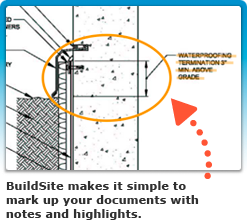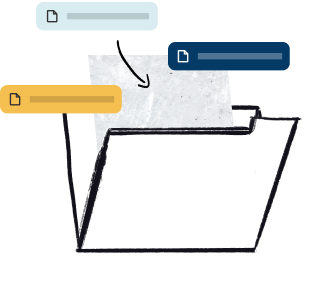Abstract
This specification covers steel studs, runners (tracks), and bracing or bridging for screw application of gypsum panel products and metal plaster bases in load-bearing construction assemblies. Steel of lesser thickness shall be permitted in additional engineered products. Members shall be manufactured from steel meeting the requirements specified. The properties and strength of members shall be computed in accordance with the given specification. The steel members shall be free of defects that interfere with the purpose for which they are intended. Penetration test method provides a procedure for evaluating the member's ability to pull the head of a screw below the surface of the gypsum panel product. Five specimens of members shall be tested. If more than one test specimen fails to meet the requirements, two more test specimens shall be chosen for retesting. Report shall indicate all specimens meeting the requirements of this specification if the screw penetrated the steel and the screw spin out; or shall indicate all specimens failing if the screw did not penetrate the steel, or the screw spun out.
This abstract is a brief summary of the referenced standard. It is informational only and not an official part of the standard; the full text of the standard itself must be referred to for its use and application. ASTM does not give any warranty express or implied or make any representation that the contents of this abstract are accurate, complete or up to date.
1. Scope
1.1 This specification covers steel studs, runners (tracks), and bracing or bridging (with a base steel minimum thickness of not less than 0.0329 in. (0.836 mm)) for screw application of gypsum panel products and metal plaster bases in load-bearing (transverse and axial) construction assemblies. Steel of lesser thickness shall be permitted in additional engineered products.
1.2 The values stated in inch-pound units are to be regarded as standard. The values given in parentheses are mathematical conversions to SI units that are provided for information only and are not considered standard.
1.3 The following precautionary caveat pertains only to the test method portion, Section 8, of this specification: This standard does not purport to address all of the safety concerns, if any, associated with its use. It is the responsibility of the user of this standard to establish appropriate safety and health practices and determine the applicability of regulatory limitations prior to use.
Reproduced, with permission, from the ASTM International website, copyright ASTM International, 100 Barr Harbor Drive, West Conshohocken, PA 19428. To purchase the complete standard, go to http://www.astm.org/.



